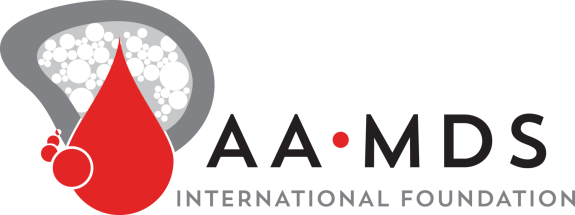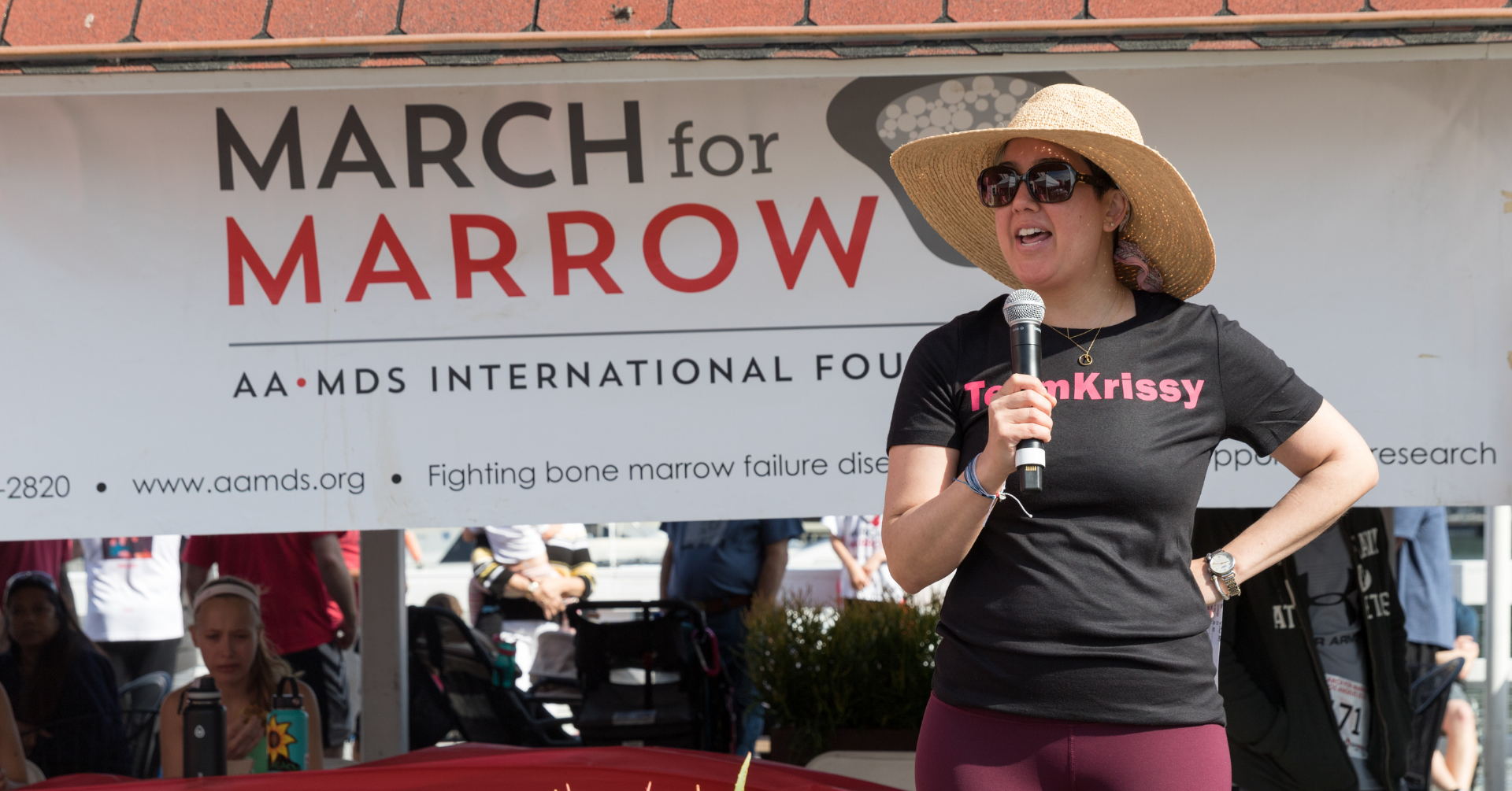Aplastic anemia is a rare disease in which the bone marrow stops producing enough blood cells. Any blood cells the marrow does make are completely normal, but there are simply not enough of them to serve the body's needs. With prompt and proper care, most patients can be successfully treated.
Aplastic anemia can be moderate, severe or very severe. People with severe or very severe aplastic anemia are at risk for life-threatening infections or bleeding. With prompt and proper care, most people who have aplastic anemia can be successfully treated. The only cure for aplastic anemia is a bone marrow transplant.
Aplastic anemia can strike at any age regardless of race or gender. However, it is diagnosed more often in children, young adults and older adults. It also appears more often in Asian-Americans. Each year, between 600 and 900 people in the U.S. learn that they have aplastic anemia.
What is happening to my blood with Aplastic Anemia?
Blood consists of blood cells floating in plasma. Plasma is mostly made of water. It also includes salts, proteins, hormones, minerals, vitamins and other nutrients and chemicals your body needs.
What are the 3 Basic Types of Blood Cells?
- Red blood cells (RBCs) are also called erythrocytes. They make up almost half of blood. Red blood cells are filled with the protein hemoglobin that picks up oxygen in the lungs and brings it to cells all around the body.
- White blood cells (WBCs) are also called leukocytes. They fight disease and infection by attacking and killing germs that get into the body. There are several kinds of white blood cells, each of which fights a different kind of germ.
- Platelets are also called thrombocytes. They are small pieces of cells that help blood clot and stop bleeding.
How are Blood Cells Formed?
The process of making blood cells is called hematopoiesis. Blood cells are made in the bone marrow, a spongy tissue located inside certain bones. Marrow contains blood-forming stem cells that make copies of themselves to create all three types of blood cells. When blood cells are fully mature and functional, they leave the bone marrow and enter the bloodstream. Healthy people have enough stem cells to make all the blood cells they need.
What is Bone Marrow Failure?
Bone marrow failure happens when the marrow doesn't produce enough red cells, white cells or platelets, or the blood cells that are produced are damaged or defective. This means the body can not supply itself with the blood it needs. Aplastic anemia, MDS and PNH are bone marrow failure diseases.
What happens when I have Aplastic Anemia?
Aplastic anemia is caused by the destruction of blood-forming stem cells in bone marrow. These stem cells normally develop into three types of blood cells: red blood cells, white blood cells and platelets. The symptoms of aplastic anemia vary depending on how severe it is and how low blood counts are. Some typical symptoms include:
- Feeling tired and out of breath after only a little exercise
- The tendency to bruise and bleed easily
- Bleeding that won’t stop
- Infections and an associated fever

